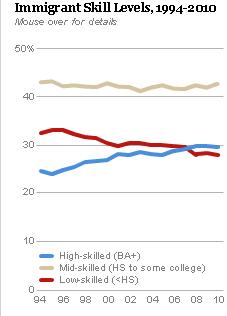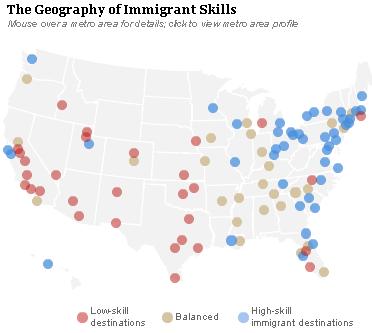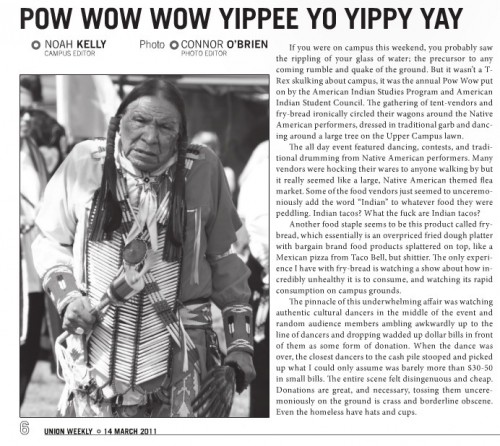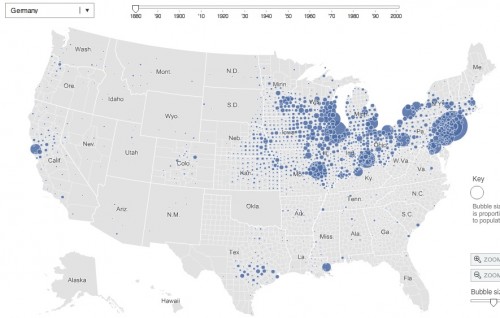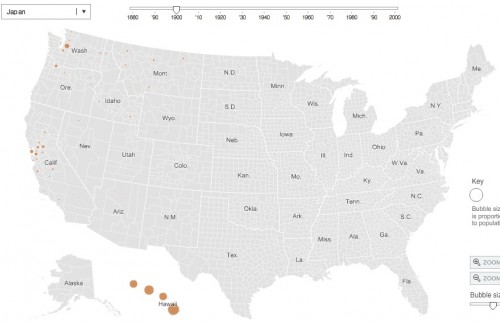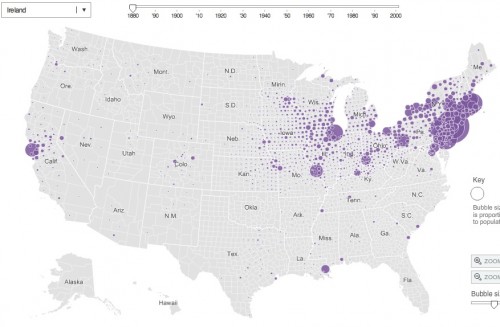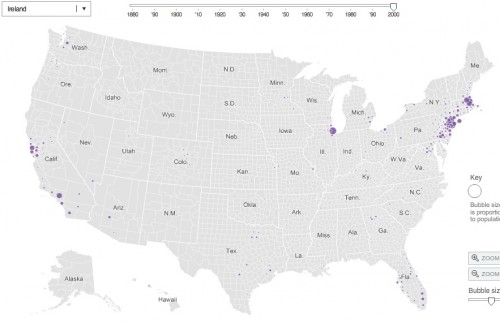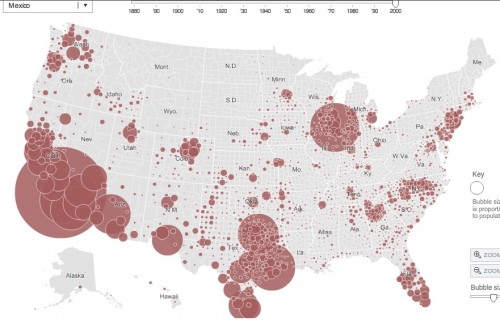Yesterday we posted about an effort to raise consciousness about racist costumes. Those who celebrate Dia de los Muertos are similarly frustrated about people who appropriate the traditions of the holiday, celebrated in Mexico, Guatemala, Ecuador, California, and Arizona.
Not just another name for Halloween, Dia de los Muertos is a two day celebration honoring children and family members who have passed. Nuestra Hermana explains:
On these days, altars are made in honor of them. People build them on their loved ones graves, at home or anywhere they find rightful to honor their loved ones. They make ofrendas (offerings) to the dead of their favorite foods, toys (for children), pictures, pan de muertos, sugar skulls and many other things that help guide the spirits of the dead safely to the altars. Marigolds, known as the flowers of the dead, are usually prominent in the altars.
In Mexico, many people sleep overnight at the graves. Every ritual & altar is not the same everywhere. Many places have their own traditions and ways of honoring the dead. One thing is for sure, Dia De Los Muertos is not Halloween. It is a sacred time and holiday for Latin@s everywhere.
Hermana implores readers not to borrow imagery or traditions from Dia de los Muertos just for fun. To do so, she argues, is “disrespectful… [and] also a erasure of someone’s real life culture.”
“Day of the Dead” (and other offensive Mexican stereotype costumes) from Costume Craze:
Thanks to Dolores R. for the tip!
Lisa Wade, PhD is an Associate Professor at Tulane University. She is the author of American Hookup, a book about college sexual culture; a textbook about gender; and a forthcoming introductory text: Terrible Magnificent Sociology. You can follow her on Twitter and Instagram.



